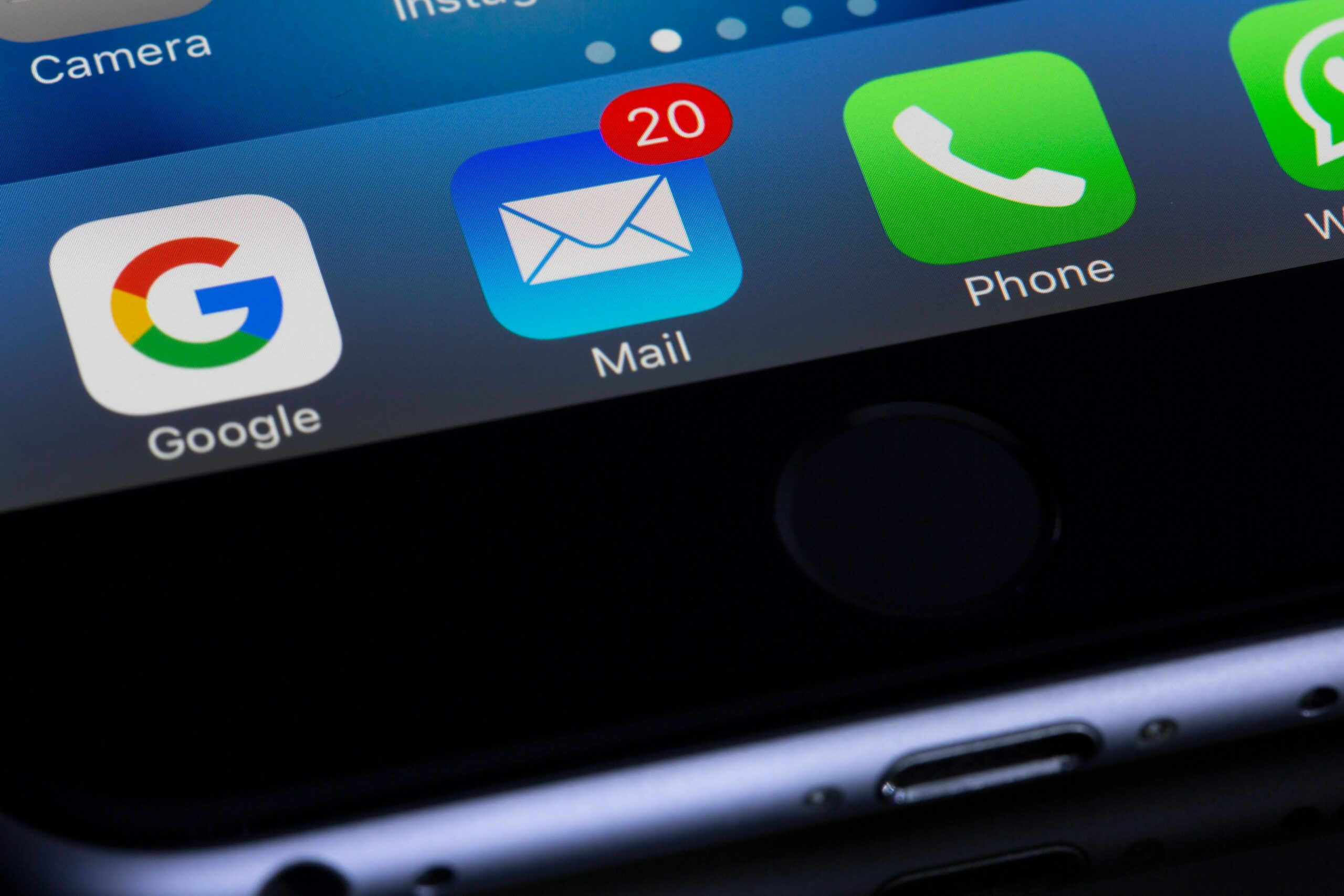In an age where we can reach a colleague in three clicks and five apps, it’s ironic that communication breakdowns are still one of the biggest challenges facing businesses.
With a sea of tools at our disposal – email, Slack, WhatsApp, Teams or Zoom – it’s easy to confuse access with alignment.
But as one Maltese CEO recently pointed out in his LinkedIn post, “not all communication channels are created equal, and it’s time we stopped pretending they are.”
Stephen Caruana, Managing Director at Pixie Software, outlined three common workplace scenarios where email, despite being the default, often falls short.
- Complex or sensitive topics where tone matters
- Discussions that trigger long reply chains
- Cases where the sender isn’t confident his message will be read
According to Mr Caruana, instead of driving clarity, email in these moments can lead to misunderstandings and hinder progress.
“Email strips away tone, context, and emotional undertones,” he wrote.
“A quick phone call can resolve in moments what might take hours of email ping-pong,” Mr Caruana continued.
He also highlighted that when there is doubt if the messages sent will even be read, sending out an email is “like shouting out into the void and hoping someone answers.”
Convenience does not equal effectiveness
No one can deny that email is an invaluable tool. It’s structured, traceable, and excellent for sharing detailed information or creating a paper trail.
However, relying on it as the default channel for everything can stall progress, sow confusion, and silently erode culture. Communication is not only about efficiency but also connection.
The medium matters
A 2022 study by The Economist Intelligence Unit, titled Communication Barriers in the Modern Workplace, surveyed over 400 senior executives and found that:
- 44 per cent said miscommunication causes a delay or failure to complete projects
- 31 per cent said it leads to low employee morale
- 18 per cent said it results in the loss of sales
Most notably, the study emphasised that using the wrong medium for the message, is a key driver of these breakdowns. Email, for instance, was often cited as overused for real-time or complex communication, leading to confusion, delays, and disengagement.
Choosing the right medium
Here’s how you can approach messages differently depending on the content;
Use email when:
- You’re sending structured updates or detailed documentation
- You need a written record
- Time sensitivity is low
Use instant messaging (slack, teams etc) or a call when:
- You need a quick clarification or status update
- Tone is informal
- You want to reduce inbox noise
Use face-to-face when:
- The topic is emotionally charged or sensitive
- Nuance, negotiation, or trust is involved
- There’s a risk of misinterpretation
Communication is no longer just a soft skill. It’s a strategic one. Choosing the right channel isn’t about tech preference, it’s about ensuring the message gets through, gets understood, and gets actioned.
In business, clarity is everything.
‘Learning should happen at every stage in life’ – MCAST Principal and CEO Stephen Vella
The public can now borrow books and publications from MCAST’s vast library
What CEOs can learn from Ferrari and a children’s hospital
An unusual combination that makes for great insight.
‘Leadership is about consistency, resilience and perseverance’ – Herald Bonnici
He said true leadership is staying committed despite uncertain results.
Plaza Centres appoints new Non-Executive Directors following shareholding change
Gregory Gatt and Jordi Goetstouwers have been appointed non-executive directors.









